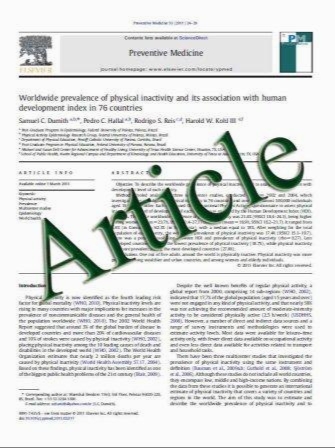Is Weight Loss Better Sustained with Long-Limb Gastric Bypass in the Super-Obese?
- نوع فایل : کتاب
- زبان : انگلیسی
- مؤلف : Mohammad Sarhan & Jenny J. Choi & Monqidh Al Sawwaf & Ghulam Murtaza & Jorge L. Zelada Getty & Leaque Ahmed
- چاپ و سال / کشور: 2011
Description
Background While some studies have shown that longlimb gastric bypass with Roux limb length of 150 to 200 cm can attain better weight loss outcomes in superobese patients (BMI >50 kg/m2) than the standard limb gastric bypass with Roux limb length of 100 to 150 cm, other studies have not shown similar findings. Additionally, no study has demonstrated the optimal length of the Roux limb that will result in ideal weight loss. The purpose of this study is to compare the long-term weight loss and weight regain of standard limb length (SLL) and long limb length (LLL) gastric bypass in patients with BMI >50 kg/m2. Methods A total of 120 patients with BMI >50 kg/m2 underwent either SLL (total bypass length=200, biliopancreatic limb=50–80 cm, Roux limb=120–150 cm) or LLL (total bypass length = 250 biliopancreatic limb=50– 80 cm, Roux limb=170–200 cm) RYGB. The excess weight loss (EWL), the weight regain, and the rate of complications were measured at 1-, 2-, and 3-year followup. Statistical comparisons were performed using t-test. Results There was no difference in patient demographics, pre-operative BMI, or comorbidities between the two groups: SLL (n=55) and LLL (n=65). In comparing standard- to long-limb cohorts, preoperative BMI was 56.1 ±5.34 vs. 57.5±6.05 kg/m2, respectively. There was no statistical difference in percent EWL at 1, 2, and 3 years between the two groups [55.2 vs. 55 (P=0.933), 61.5 vs. 60.8 (P=0.831), and 61.1 vs.60 (P=0.932)]. There was no difference in percent weight regain between the two groups, 11.2 (SLL) and 5.2 (LLL) (P=0.13). The rates of complications were similar in the two groups. Conclusion There is no difference in weight loss or weight regain between the SLL and LLL RYGB. Longer-limb gastric bypass is not required in patients with BMI >50 kg/m2 for them to obtain long-term, sustained weight loss.
OBES SURG DOI 10.1007/s11695-011-0402-5


